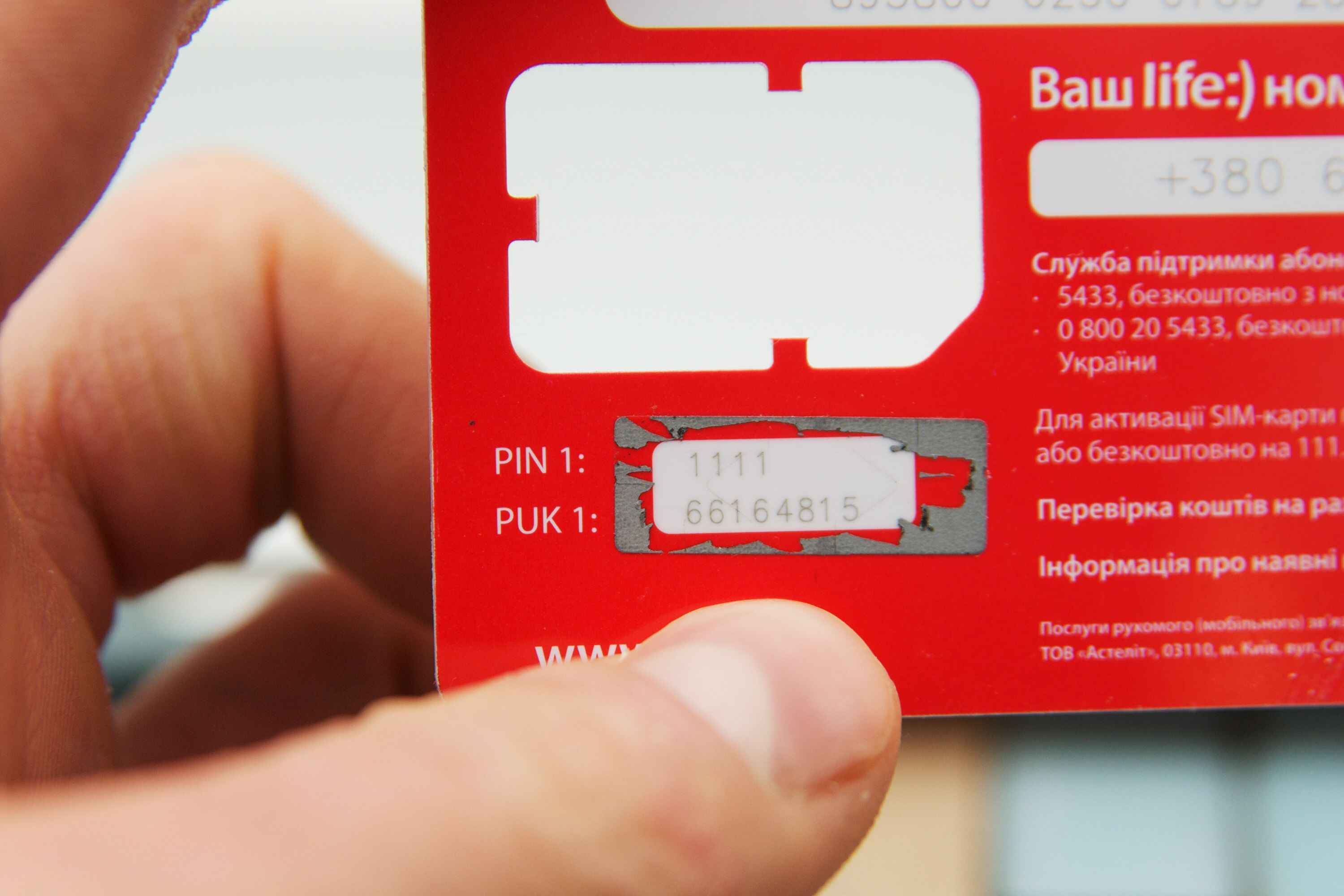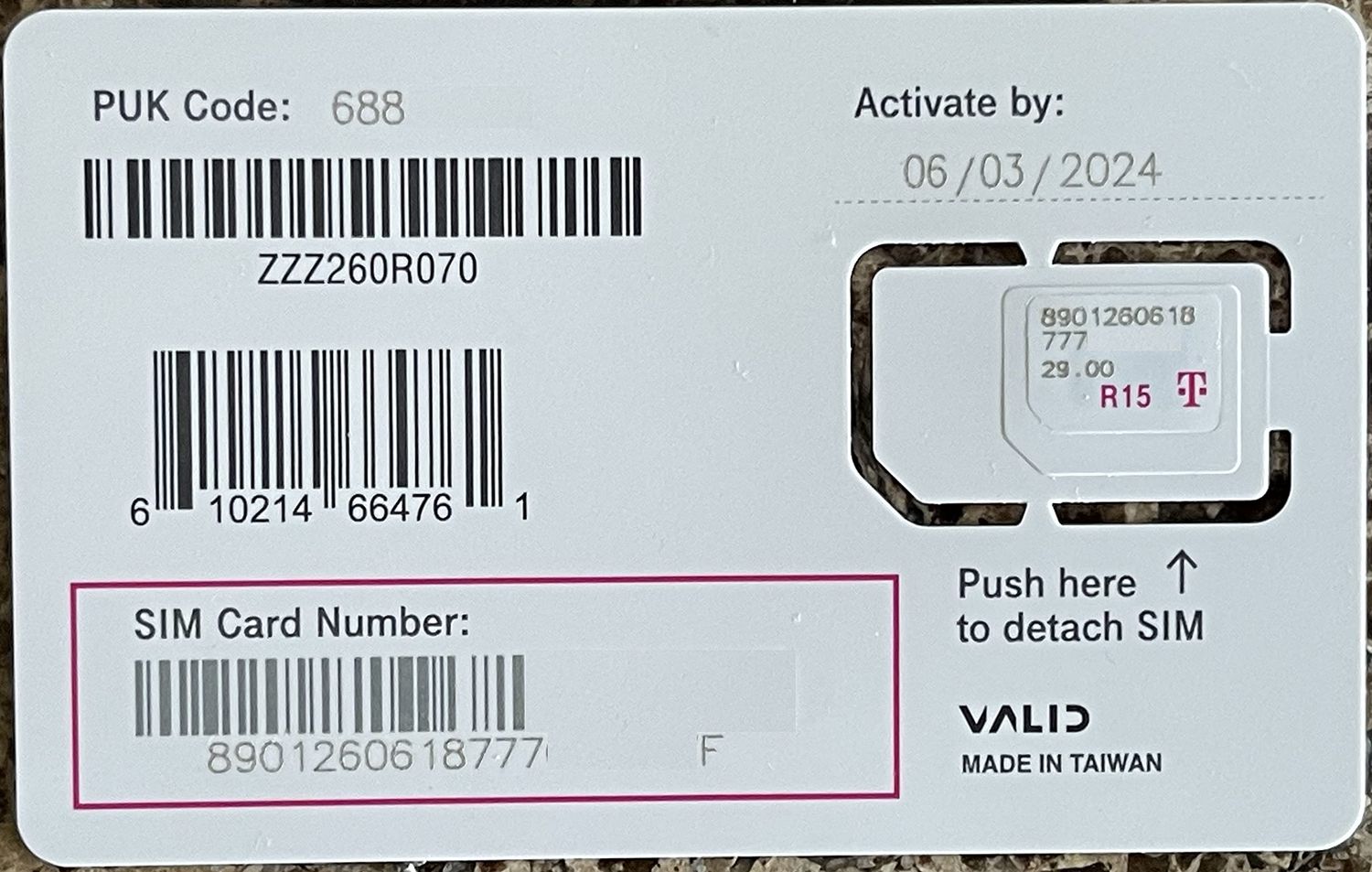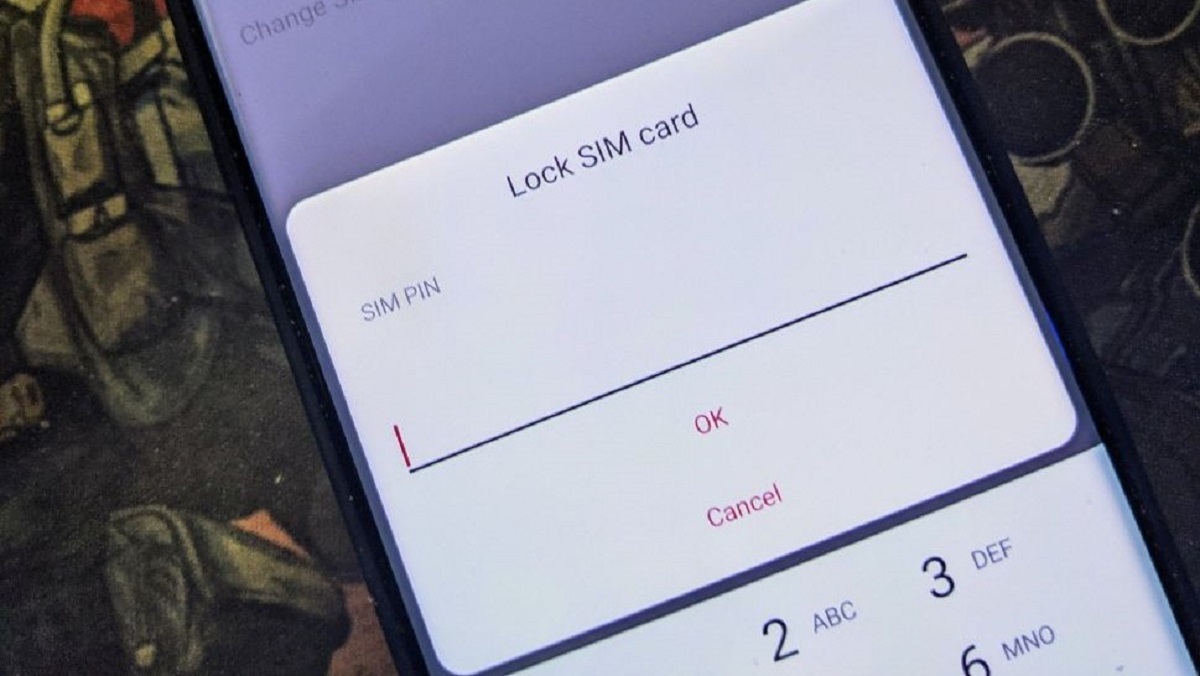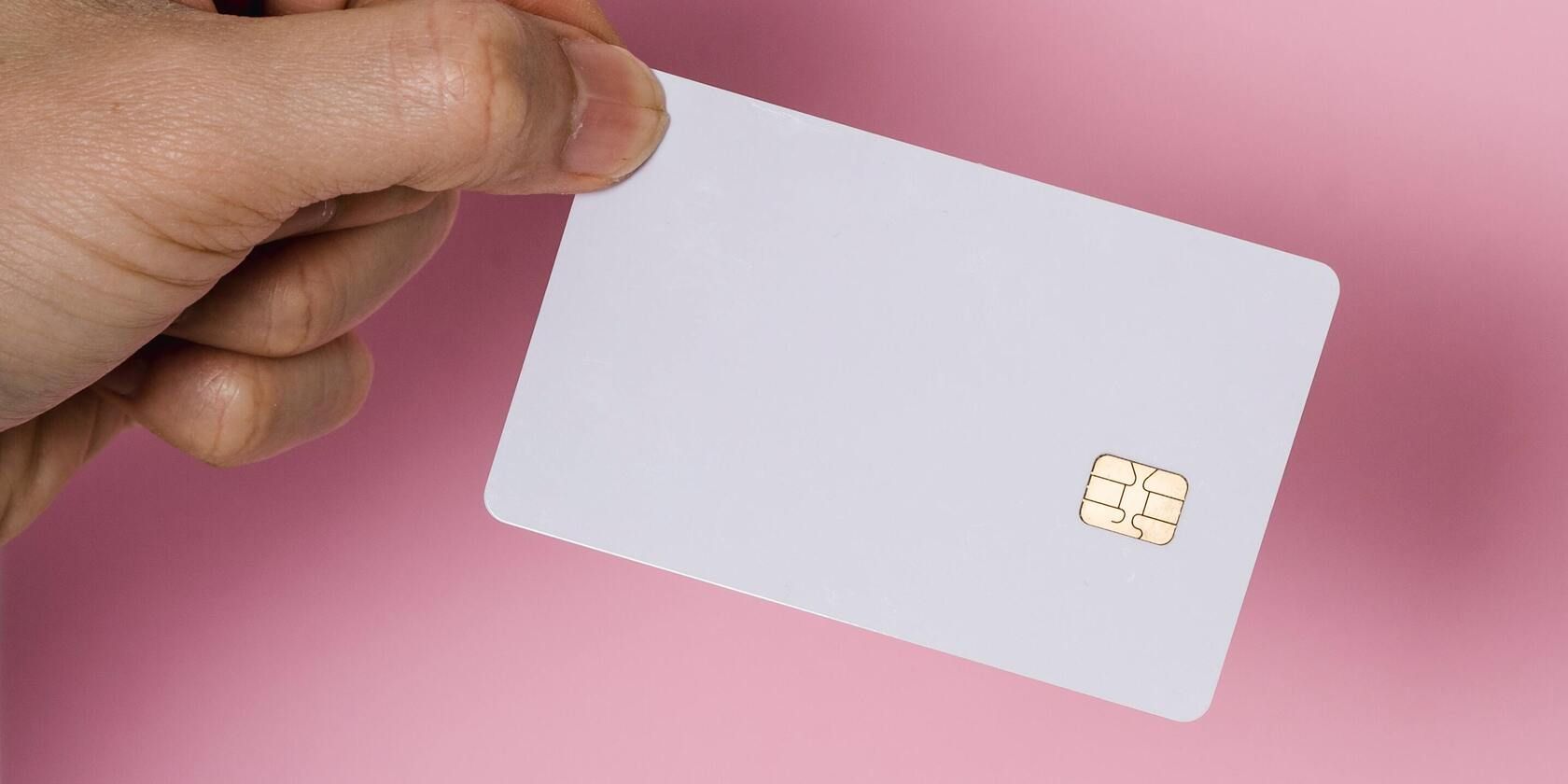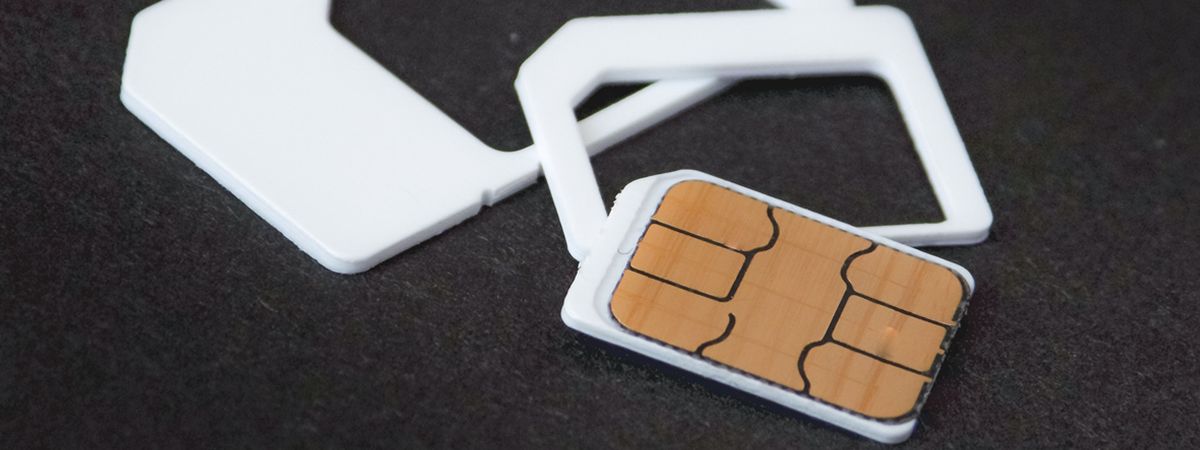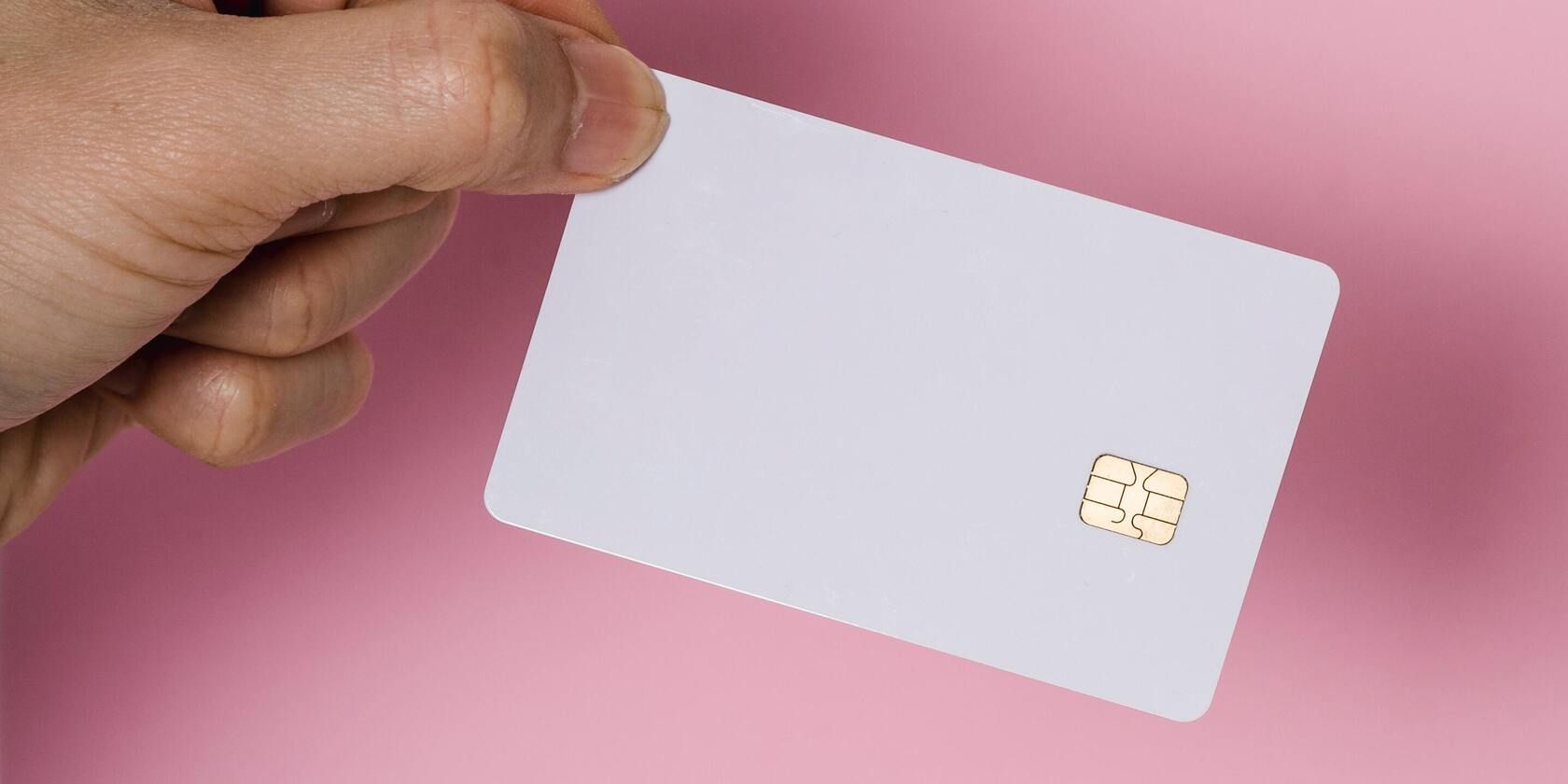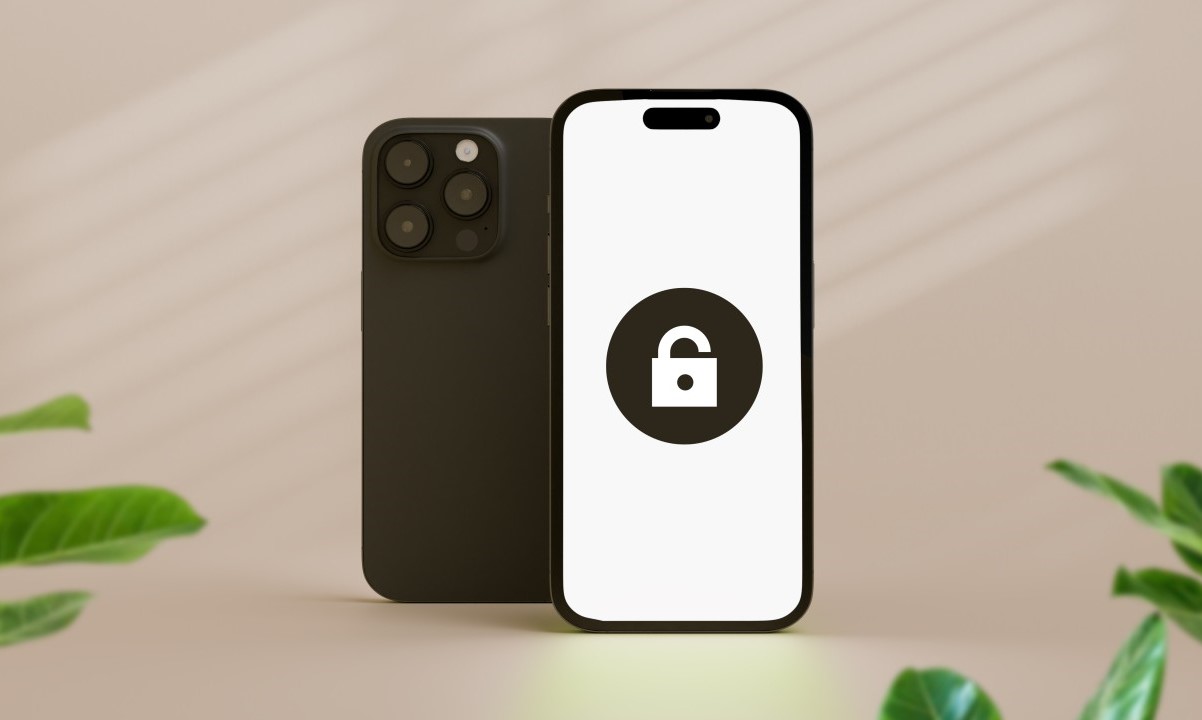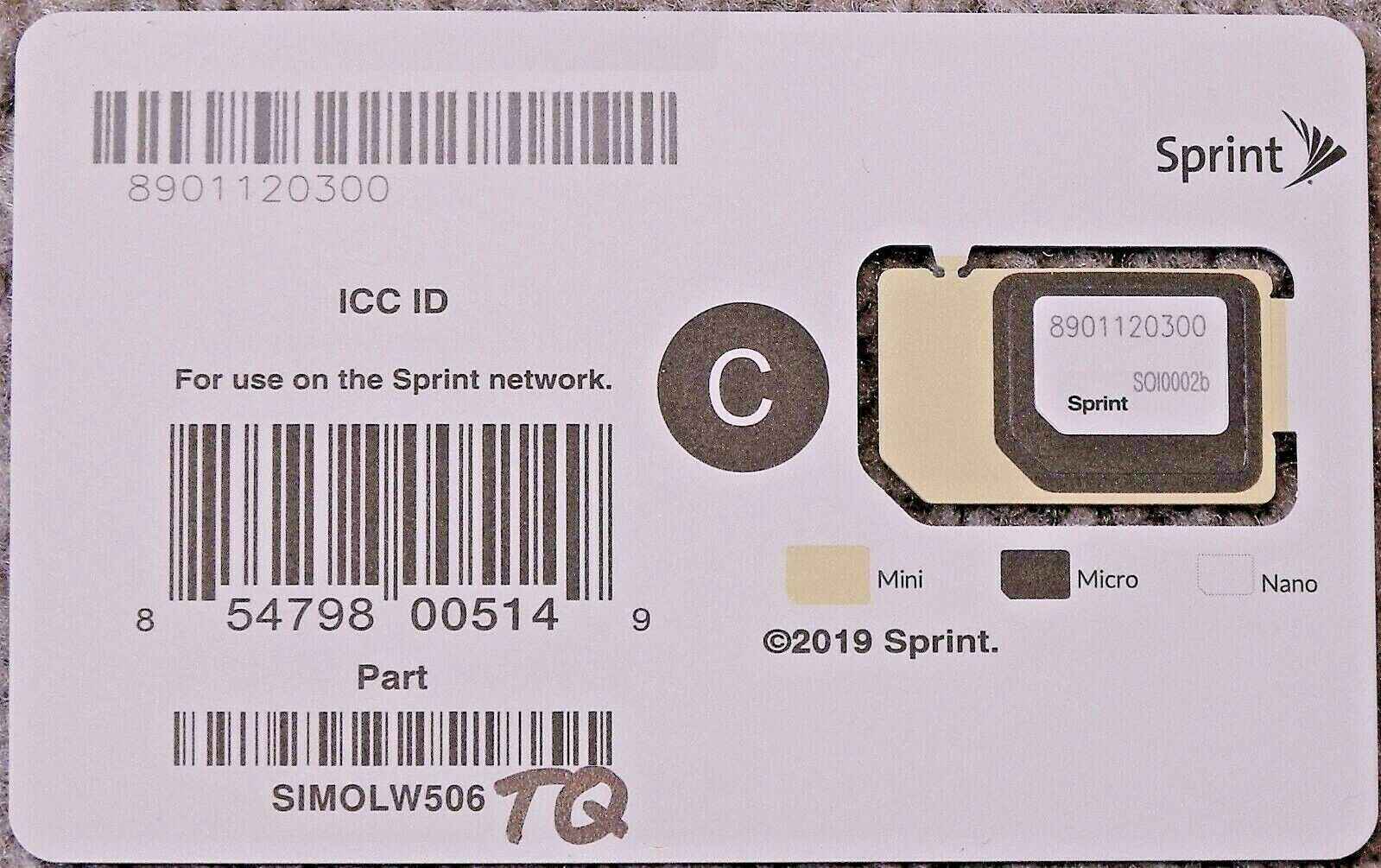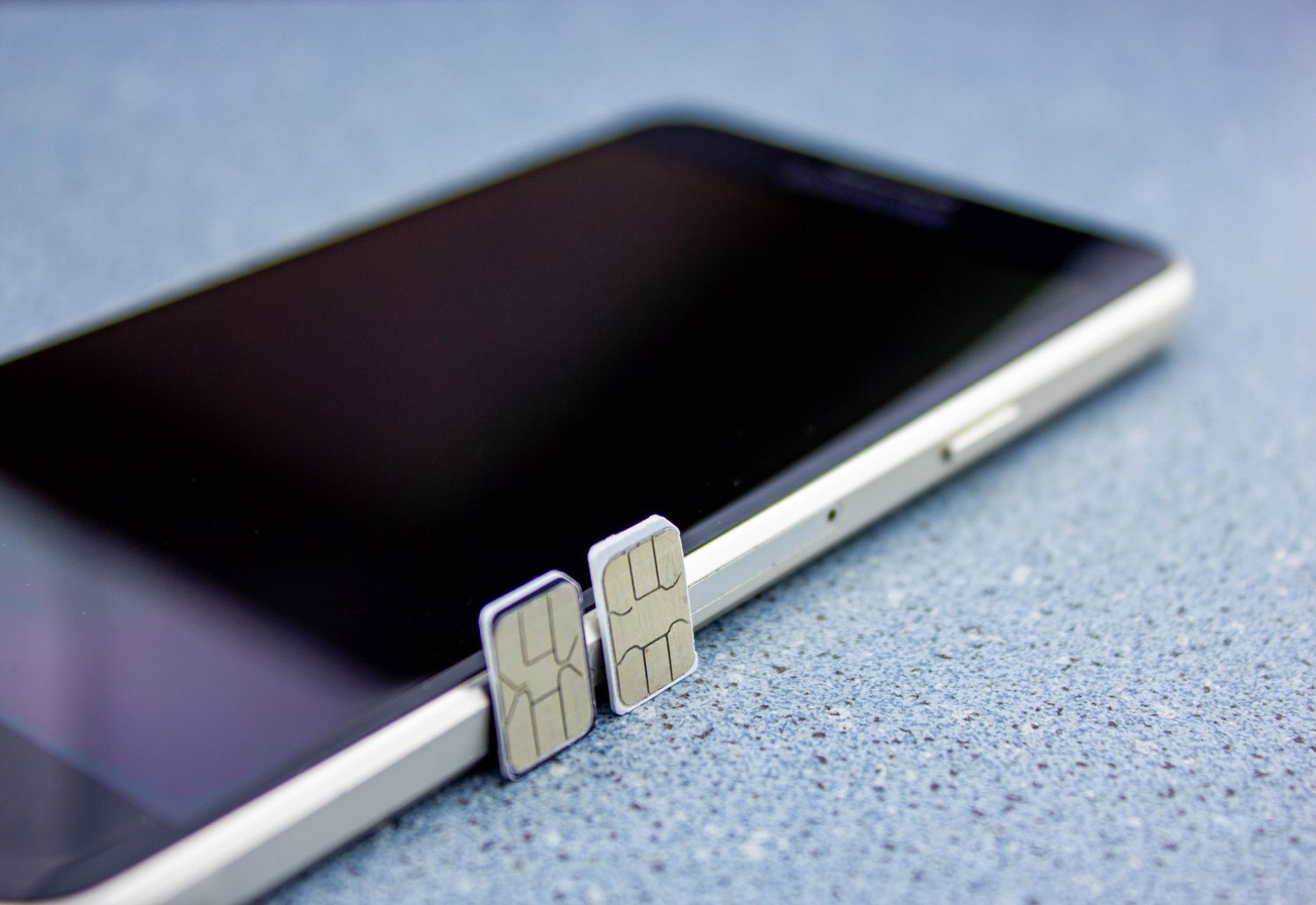What is a PUK code?
A PUK code, or Personal Unblocking Key, is a unique security feature associated with mobile SIM cards. It serves as a safeguard against unauthorized use of the SIM card and protects the personal information and services linked to the mobile number. The PUK code is a vital component of the SIM card security system, providing an additional layer of protection beyond the PIN code.
When you first acquire a SIM card, it comes with a default PIN code provided by the mobile network operator. This PIN code is used to authenticate the user and grant access to the SIM card's features and services. However, if the PIN code is entered incorrectly multiple times, the SIM card becomes locked, and this is where the PUK code comes into play.
The PUK code is a set of digits that can be used to unlock the SIM card and reset the PIN code. It is essential to differentiate the PUK code from the PIN code, as they serve distinct purposes. While the PIN code is used for daily access to the SIM card, the PUK code is a fail-safe mechanism to regain access in the event of a PIN code lockout.
In essence, the PUK code acts as a last line of defense, ensuring that only authorized users can unlock and reconfigure the SIM card. This security measure is crucial in protecting the user's personal data, contacts, messages, and other sensitive information stored on the SIM card.
Understanding the significance of the PUK code empowers mobile device users to take control of their SIM card security. By being aware of its purpose and functionality, individuals can navigate potential PIN code issues with confidence, knowing that the PUK code provides a reliable solution to regain access to their SIM card.
The next section will delve into the specific scenarios that necessitate the use of a PUK code, shedding light on the circumstances that may lead to a locked SIM card and the subsequent need for the PUK code.
When do you need a PUK code?
A PUK code becomes necessary when a SIM card is locked due to multiple incorrect attempts to enter the PIN code. Typically, a mobile device prompts the user to enter the PIN code when the SIM card is inserted or when the device is restarted. If an incorrect PIN code is entered several times consecutively, the SIM card becomes blocked. This is a security measure to prevent unauthorized access and protect the user's information.
Once the SIM card is locked, the device displays a message indicating that the SIM card is blocked and prompts the user to enter the PUK code. At this point, the user cannot make calls, send messages, or access mobile data using the locked SIM card until the PUK code is entered.
It's important to note that the number of incorrect PIN code attempts leading to a SIM card lockout can vary depending on the mobile network operator and the specific device. In general, after a predefined number of failed attempts, which is often between three to ten, the SIM card locks, requiring the PUK code to unlock it.
Additionally, there are instances where a user may inadvertently forget the PIN code and mistakenly enter the wrong code multiple times, leading to the SIM card being blocked. In such cases, the PUK code is essential for restoring access to the SIM card and resetting the PIN code.
Understanding when the need for a PUK code arises underscores the importance of this security feature in safeguarding the integrity of the SIM card. By recognizing the circumstances that trigger the requirement for a PUK code, mobile device users can appreciate its role in maintaining the security and privacy of their personal information.
The next section will provide insights into how to locate the PUK code for a SIM card, ensuring that users are equipped with the necessary knowledge to handle potential SIM card lockouts effectively.
How to find the PUK code for your SIM card
Locating the PUK code for your SIM card is a crucial aspect of managing your mobile device's security. When faced with a locked SIM card, the PUK code serves as the lifeline to regain access and restore functionality. Here's a comprehensive guide on how to find the PUK code for your SIM card:
1. Check the SIM Card Packaging and Documents
When you first acquire a SIM card, whether through a mobile network operator or a retail store, the PUK code is often provided along with the SIM card packaging and documentation. It's advisable to carefully inspect the materials that come with the SIM card, including the user manual or any printed information, to locate the PUK code. In many cases, the PUK code is printed on a card or included in the documentation provided at the time of purchase.
2. Access the Mobile Network Operator's Online Platform
Most mobile network operators offer online account management platforms or mobile apps that allow users to access and manage their SIM card details, including the PUK code. By logging into your account on the operator's official website or using their dedicated mobile app, you can navigate to the SIM card settings or support section to retrieve the PUK code. This method provides a convenient way to access the PUK code without relying on physical documents.
3. Contact Customer Support
If the PUK code is not readily available through the aforementioned methods, reaching out to the mobile network operator's customer support is a reliable recourse. Customer support representatives are equipped to assist users in retrieving their PUK code. This can be done through various channels such as phone support, live chat, or in-person visits to the operator's retail outlets. When contacting customer support, it's important to verify your identity and ownership of the SIM card for security reasons.
4. Utilize Interactive Voice Response (IVR) Systems
Many mobile network operators provide Interactive Voice Response (IVR) systems accessible via their customer support phone lines. By following the prompts and navigating through the IVR menu, users can often obtain their PUK code without the need for direct interaction with a customer support representative. This automated system streamlines the process of retrieving the PUK code, offering a convenient option for users.
5. Consider Alternative Documentation
In some cases, the PUK code may be available in alternative documentation provided by the mobile network operator, such as electronic statements, welcome emails, or online account notifications. Users are encouraged to review any digital communication or correspondence from the operator, as the PUK code might be included in these materials.
By leveraging these methods, mobile device users can effectively find the PUK code for their SIM card, ensuring that they are prepared to address any potential SIM card lockouts with confidence and ease. Understanding the importance of the PUK code and knowing how to access it empowers users to maintain control over their SIM card security.
How to use the PUK code to unlock your SIM card
Once you have obtained the PUK code for your SIM card, it's essential to understand the correct procedure for using it to unlock the SIM card. Here's a step-by-step guide on how to effectively utilize the PUK code to regain access to your SIM card:
-
Locate the PUK Code: Before proceeding, ensure that you have the PUK code readily available. This code is typically a series of digits provided by the mobile network operator and is essential for unlocking the SIM card.
-
Access the PUK Prompt: When the SIM card is locked, the device will display a message prompting you to enter the PUK code. This message often appears after multiple unsuccessful attempts to enter the PIN code. It's important to note that entering the wrong PUK code multiple times can permanently disable the SIM card, so it's crucial to proceed with caution.
-
Enter the PUK Code: Carefully enter the PUK code provided by your mobile network operator. Take your time to input the digits accurately, as any errors can have serious implications for the SIM card's functionality.
-
Enter a New PIN Code: After successfully entering the PUK code, the device will prompt you to set a new PIN code for the SIM card. Choose a secure and memorable PIN code, as it will be used for future access to the SIM card.
-
Confirmation: Once you have set the new PIN code, the SIM card will be unlocked, and normal functionality will be restored. It's advisable to restart the device to ensure that the changes take effect.
-
Test the SIM Card: After unlocking the SIM card, test its functionality by making a call, sending a message, or accessing mobile data. This allows you to verify that the SIM card is fully operational following the unlocking process.
By following these steps, you can effectively use the PUK code to unlock your SIM card and restore its functionality. It's important to handle the PUK code with care and store it in a secure location to prevent unauthorized access. Understanding the proper utilization of the PUK code empowers mobile device users to navigate SIM card lockouts with confidence and ensure the security of their personal information.
The next section will provide valuable tips for safeguarding and managing the PUK code, enhancing the overall security of the SIM card and mobile device.
Tips for keeping your PUK code safe
Safeguarding your PUK code is paramount to ensuring the security and functionality of your SIM card. Here are essential tips for keeping your PUK code safe:
-
Memorize the PUK Code: While it may be tempting to jot down the PUK code on a piece of paper or store it in a digital document, it's advisable to commit the code to memory. By memorizing the PUK code, you eliminate the risk of it falling into the wrong hands. Additionally, in situations where access to written or digital records is limited, having the PUK code memorized provides a reliable means of unlocking the SIM card.
-
Store in a Secure Location: If you opt to keep a physical record of the PUK code, ensure that it is stored in a secure and inconspicuous location. Consider utilizing a small, lockable container or a designated compartment in a personal organizer to prevent unauthorized access. It's crucial to treat the PUK code with the same level of confidentiality as other sensitive personal information.
-
Avoid Sharing the PUK Code: The PUK code is a confidential security feature intended for the sole use of the SIM card owner. It should never be shared with others, including friends or family members. By maintaining strict control over the PUK code, you mitigate the risk of unauthorized individuals attempting to manipulate or compromise your SIM card.
-
Update Contact Information with the Operator: Ensure that your contact information with the mobile network operator is up to date. This includes providing a current phone number and email address. In the event that you need to retrieve your PUK code through customer support, having accurate contact details on file facilitates a smooth and secure process.
-
Regularly Review Security Practices: Periodically review your security practices related to the management of the PUK code. Consider conducting a personal security audit to assess the effectiveness of measures in place for safeguarding the PUK code. This proactive approach helps reinforce the importance of maintaining the confidentiality of the PUK code.
-
Utilize Secure Digital Storage: If you choose to store the PUK code digitally, such as in a password-protected document or a secure digital vault, ensure that the storage method employs robust encryption and authentication measures. This adds an extra layer of security to prevent unauthorized access to the PUK code.
By implementing these tips, you can effectively keep your PUK code safe and secure, minimizing the likelihood of unauthorized access or misuse. The proactive protection of the PUK code contributes to the overall security of your SIM card and enhances your ability to manage potential SIM card lockouts with confidence and discretion.







